Introduction: A New Chapter in Pigment Innovation
The pursuit of natural and sustainable pigments has gained momentum as industries shift toward healthier and more environmentally responsible solutions. In this context, Viablife GoodBlue - also known by its synonym *Grainblue*. With the CAS No. 2435-59-8, molecular formula C10H8N4O4, and a molecular weight of 248.19, this dark blue indigoidine powder is the product of cutting-edge biotechnology. As high purity cosmetic raw materials exporter, this article will share the advantages and applications of Viablife GoodBlue, this indigoidine powder for sale.
Science Behind Viablife GoodBlue
At its core, Viablife GoodBlue is a biologically synthesized natural pigment created through precise metabolic pathway engineering. The Viablife research team has patented this innovation in both China and the United States, proving its originality and technical value. Unlike traditional synthetic dyes - which often rely on petrochemical processes and harsh chemical treatments - GoodBlue is derived from two amino acids and produced in an energy-efficient fermentation process.
This scientific breakthrough allows the pigment to be manufactured on an industrial scale without compromising purity, quality, or safety. The result is a natural blue pigment that aligns with modern demands for safe, sustainable, and visually striking colorants.
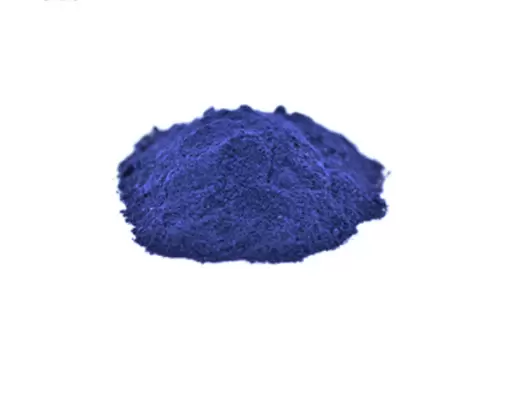
Why Natural Pigments Matter More Than Ever?
Global industries - from textiles to food - are experiencing a significant transformation in consumer preferences. Today' s buyers prioritize natural, non-toxic, and sustainable products. This shift is driven by heightened awareness of synthetic dye risks, including environmental pollution, non-biodegradable waste, and potential health hazards.
Viablife GoodBlue addresses these challenges head-on by offering a pigment that is:
* Naturally derived through biosynthesis.
* Safe for human use in food, beauty, and healthcare applications.
* Environmentally degradable, reducing long-term ecological impact.
This is not merely a trend - it is an irreversible industrial shift toward greener solutions.
Key Advantages of Viablife GoodBlue
1. 100% Natural
Unlike synthetic pigments, GoodBlue comes entirely from natural biosynthetic pathways. This eliminates the need for petroleum-derived raw materials and harmful chemical processing.
2. Energy-Efficient Manufacturing
The production of GoodBlue is optimized for energy efficiency, lowering carbon emissions and contributing to a reduced ecological footprint compared to traditional dye manufacturing.
3. Biodegradability
Made from two amino acids, GoodBlue can be broken down naturally by microbes in wastewater. This property makes it significantly more environmentally friendly than conventional dyes such as indigo.
4. Consistency and Vibrancy
Despite its natural origin, GoodBlue delivers rich, vibrant, and stable color performance. It maintains high-quality aesthetics across multiple applications, ensuring professional-grade results in industries like fashion and food production.
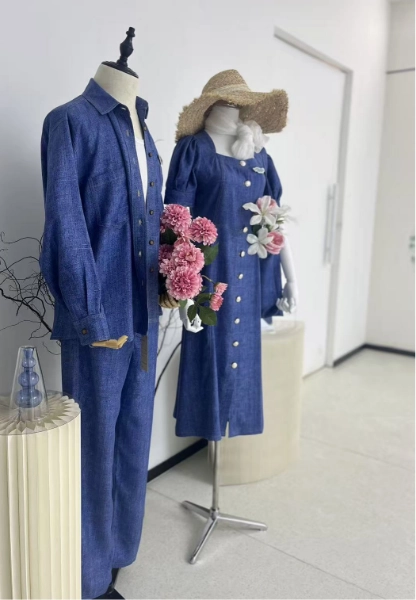
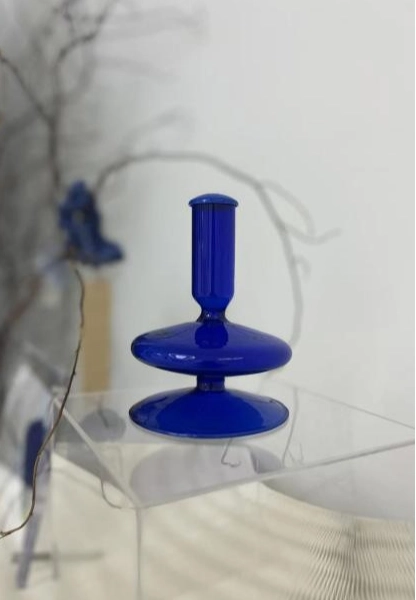
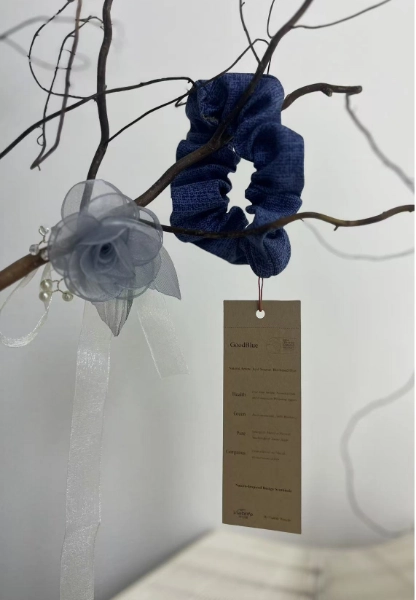
Industrial Applications of Viablife GoodBlue
1. Light Industry Dyeing
GoodBlue is ideal for premium clothing, uniforms for sterile work environments, interior coatings, and stationery. Its stability ensures consistent color results for both high-end and functional products.
2. Food Coloring
As a food-safe pigment, GoodBlue can be incorporated into beverages (cocktails, milk teas), desserts (ice creams, cakes, biscuits), and confectionery to enhance visual appeal without compromising safety.
3. Beauty and Personal Care
From hair dyes and nail polish to tattoo ink and cosmetic accessories, GoodBlue satisfies the demand for natural, bold colors in beauty applications.
4. Pharmaceutical Coloring
In the healthcare sector, GoodBlue can be used in capsules, injections, ointments, and dietary supplements to improve product recognition and aesthetic appeal while ensuring safety.
A Sustainable Alternative to Traditional Synthetic Indigo
The traditional textile dye indigo has long dominated the blue pigment market, especially in denim production. However, synthetic indigo manufacturing generates chemical waste and requires substantial energy.
GoodBlue offers a sustainable alternative by:
* Reducing wastewater pollution.
* Using renewable biological feedstocks.
* Lowering energy consumption during production.
Its biodegradability further ensures minimal environmental impact, even post-consumer use.
Market Implications: Shaping the Future of Pigments
In the textile industry, Viablife GoodBlue aligns with sustainability certifications and eco-label requirements. In the food and beverage sector, it meets the growing demand for natural additives. In cosmetics, it offers an ethical and safe option for vivid colors. Moreover, its scalability - thanks to industrial fermentation processes - ensures that manufacturers can adopt GoodBlue without facing supply limitations or cost instability.
Conclusion
Viablife GoodBlue is not simply a pigment; it represents a paradigm shift in how we approach color production and application. It bridges the gap between vibrant performance and environmental responsibility, proving that natural solutions can meet industrial demands without compromise.


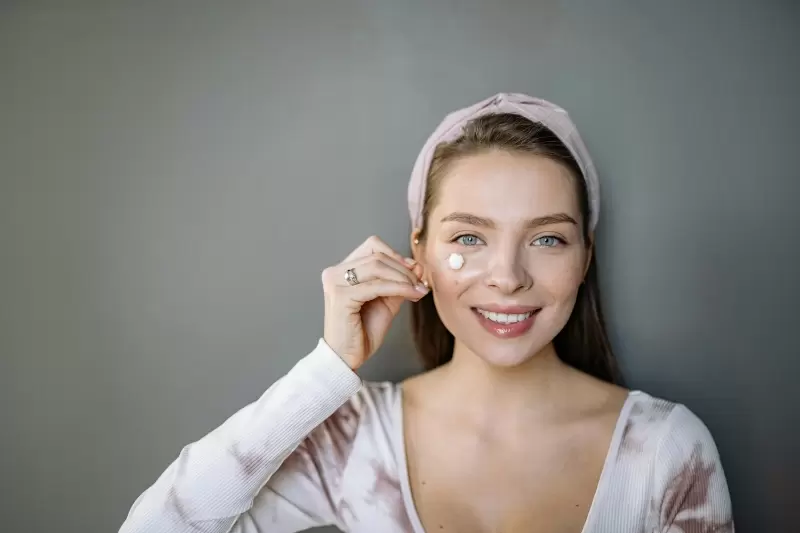
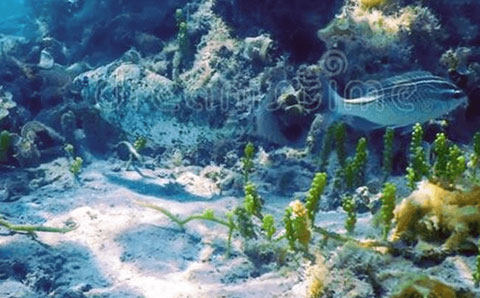
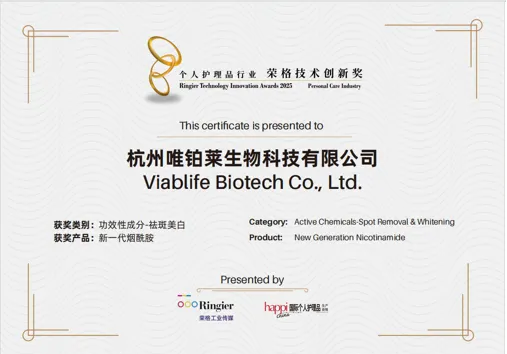
 Leave a Message
Leave a Message